Dogs are fascinating creatures that have been our companions for thousands of years. While they have adapted to human lifestyles remarkably well, there are certain habits they find perplexing or even distressing. Understanding these can help us create a more harmonious environment for our furry friends. On the flip side, there are many human behaviors that dogs absolutely love, and engaging in these can strengthen the bond between humans and their canine companions. This blog post will delve into ten human habits that dogs can’t stand and ten they adore, providing insight into the canine mind and how we can better interact with our beloved pets.
1. Yelling or Loud Voices
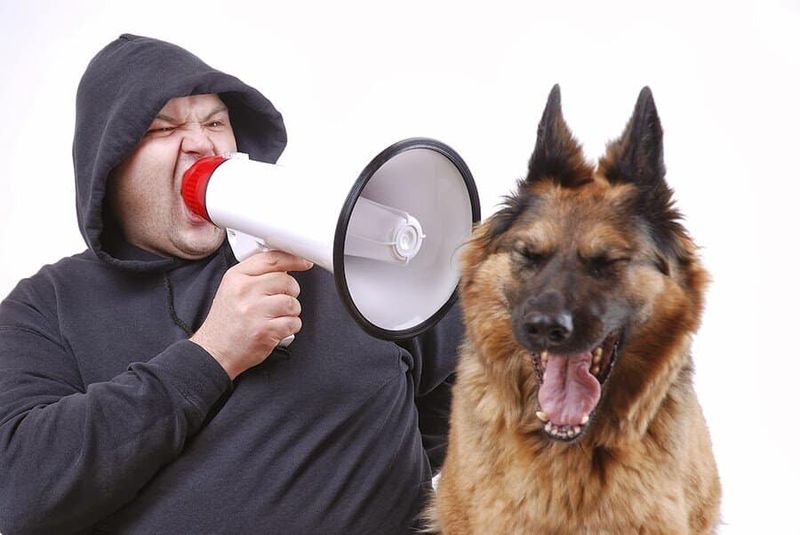
Dogs perceive loud voices as a threat, not as a corrective measure. Imagine a thunderstorm rolling in—dogs have similar reactions to raised voices. They may cower, hide, or become anxious, misinterpreting the human intent.
The sound of yelling can trigger a flight or fight response in dogs, causing distress.
To maintain a peaceful environment, it’s better to use calm and gentle tones. Positive reinforcement and consistent communication are the keys to a happy dog. So, next time you feel the urge to shout, remember that a softer voice will be more effective in guiding your furry friend.
2. Staring Them Down
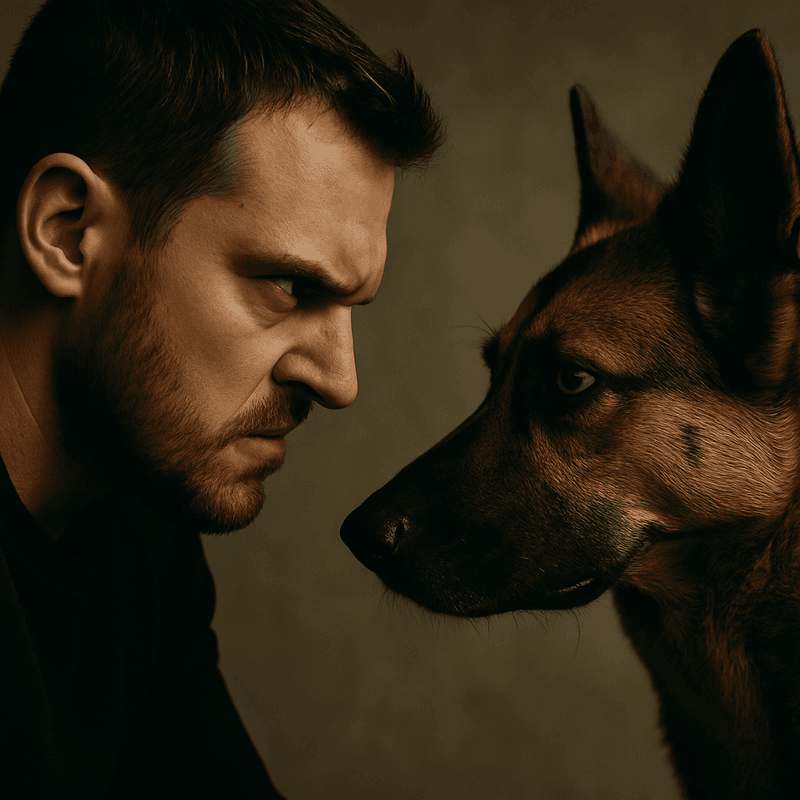
For dogs, prolonged eye contact is akin to a challenge. Consider it a silent standoff where neither party wants to back down.
While humans might use eye contact to express affection or attention, dogs often perceive it as a sign of aggression or dominance.
Instead of staring, try blinking slowly or looking away to show your dog you’re not a threat. This simple gesture can help build trust and understanding between you two.
3. Hugging Too Tightly
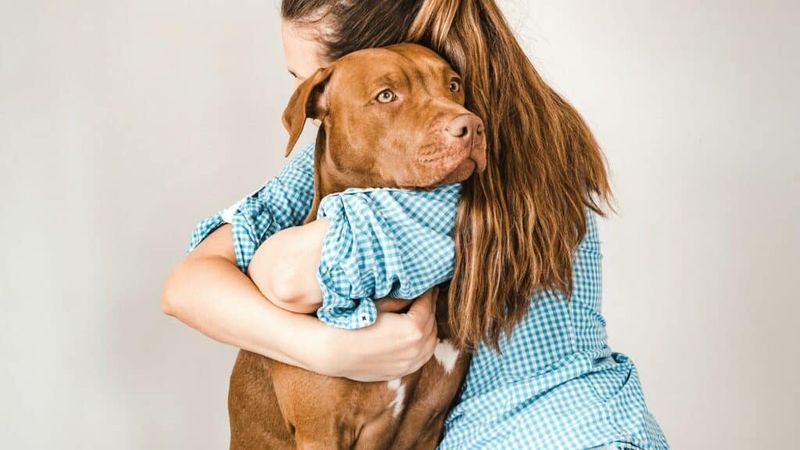
Most dogs don’t enjoy being hugged tightly; they may feel trapped. Picture being in a crowded elevator, unable to move. That’s how a dog might feel.
Dogs value their personal space. A firm embrace can make them feel restricted and anxious.
Offering gentle pats or soft strokes is a better way to show affection. Observe your dog’s body language—they’ll guide you on what feels comfortable.
4. Inconsistent Commands
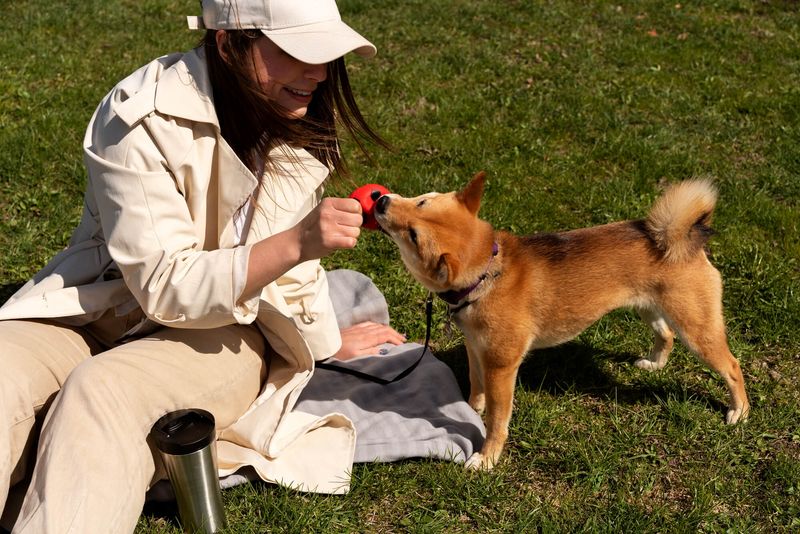
Imagine learning a new language where the words keep changing—frustrating, right? That’s how dogs feel with inconsistent commands.
Mixed messages lead to confusion, slowing a dog’s learning process and leading to anxiety. Consistency in tone and command words is vital for effective communication.
It’s important to use the same word for the same action every time. This clarity helps the dog understand and respond correctly, strengthening the bond between you.
5. Teasing or Rough Play
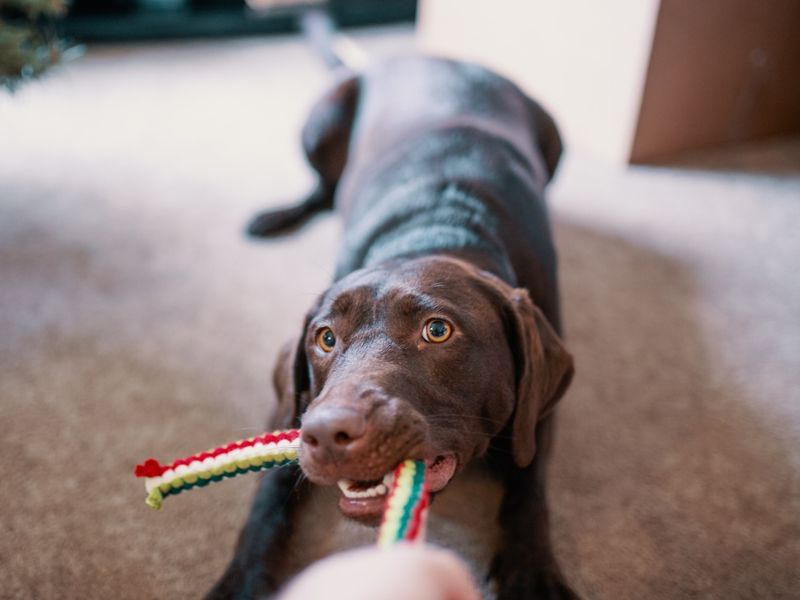
What seems playful to humans can often be stressful for dogs. Picture a roller coaster ride—exciting for some, but terrifying for others.
Rough play or teasing can be unclear and distressing for dogs, making them feel uncomfortable.
Gentle play in a controlled manner is more enjoyable for them. Understanding your dog’s limits and respecting their comfort zones ensures happiness and safety for both.
6. Ignoring Their Body Language
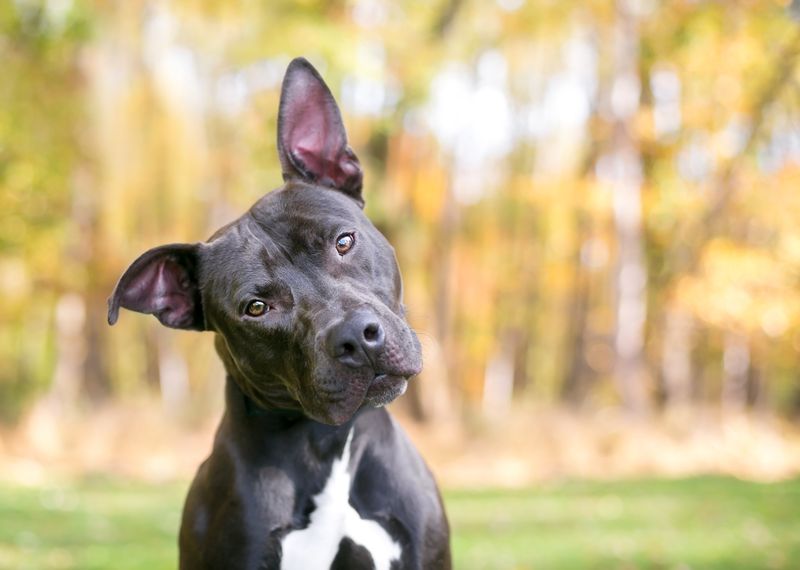
Dogs communicate through body language. Just like reading a book, every posture tells a story—ears back, tail tucked, or a stiff stance all have meanings.
Ignoring these signals can lead to stress and misunderstandings. Recognizing and responding to a dog’s body language not only prevents anxiety but also fosters trust and connection.
Paying attention to these cues ensures a happy and harmonious relationship.
7. Forcing Them Into Unfamiliar Situations
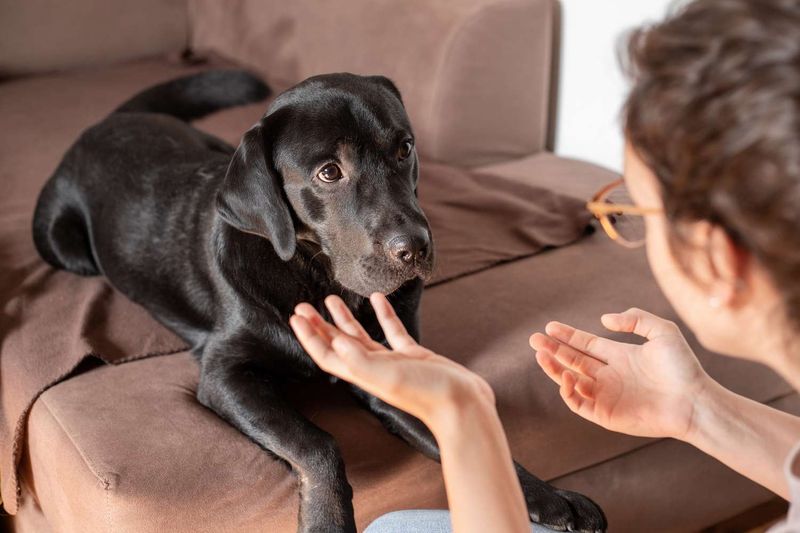
Imagine being dropped into a foreign country without a guide—overwhelming, right? Dogs feel similarly when thrust into unfamiliar situations without preparation.
Sudden exposure to new environments, strangers, or loud noises can be incredibly stressful for them.
Gradual introductions and positive reinforcement help them acclimatize and build confidence. Respecting their pace is crucial for their well-being.
8. Using Strong Scents (Perfume, Cleaners)
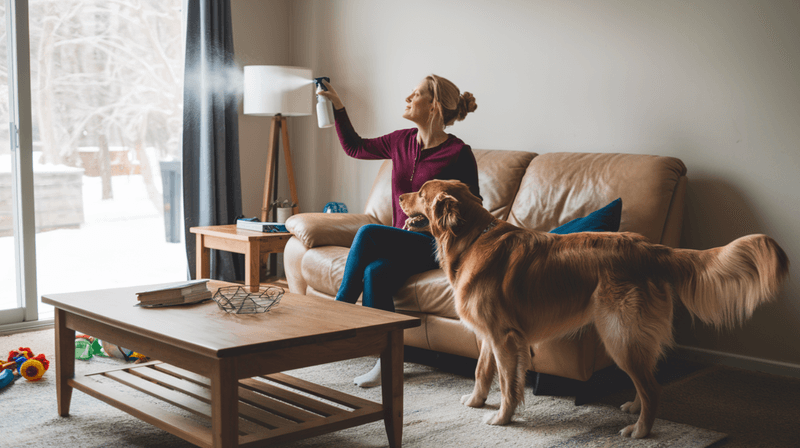
With noses far more sensitive than ours, dogs find strong scents overwhelming. Imagine walking into a room filled with overpowering aromas.
Perfumes, cleaners, or scented candles might be pleasant to us but can irritate a dog’s senses.
Choosing unscented or dog-friendly products helps keep their environment comfortable and stress-free.
9. Punishing Accidents or Fear-Based Reactions

Punishing a dog for accidents or fear responses damages trust. Imagine being reprimanded for feeling scared—it’s counterproductive.
Dogs don’t intentionally misbehave; they react to fear or anxiety. Scolding them only heightens their stress, rather than addressing the root of the issue.
Patience and understanding, combined with positive reinforcement, encourage desired behaviors over time and build a trusting relationship.
10. Dressing Them Up (If They Hate It)

While dog outfits may look adorable, many dogs find them uncomfortable. Imagine wearing a heavy winter coat indoors—stifling and unnecessary.
Some dogs tolerate clothing, but others feel restricted and unhappy. It’s important to observe their reactions and only dress them if they’re comfortable.
Comfortable alternatives, like a cozy blanket or a simple harness, are often more appreciated by our furry friends.
11. Using a Cheerful Tone
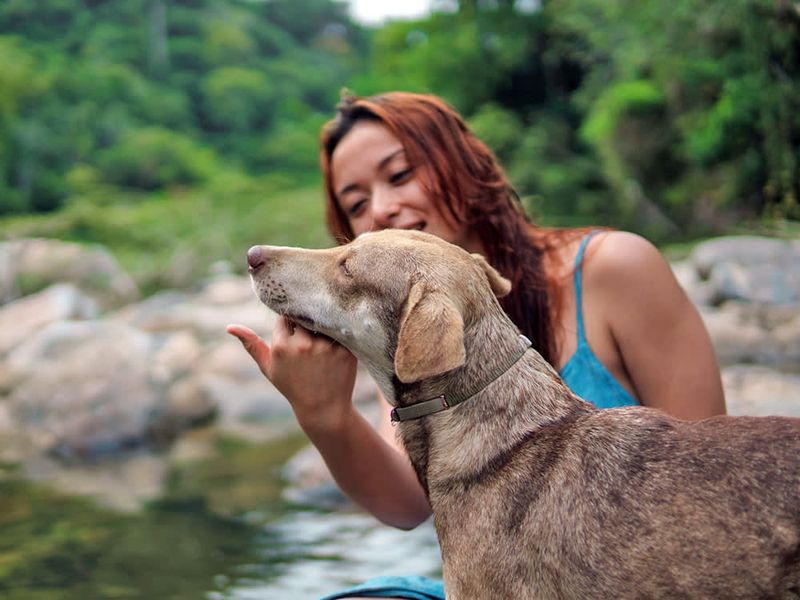
A cheerful tone is like a ray of sunshine to dogs—it brightens their day. Imagine starting your morning with a warm cup of coffee; it provides comfort and energy.
When you speak in a happy, upbeat voice, dogs feel more secure and loved.
This positive interaction boosts their confidence and enhances their bond with you. It’s a simple yet profound way to communicate affection.
12. Consistent Routines
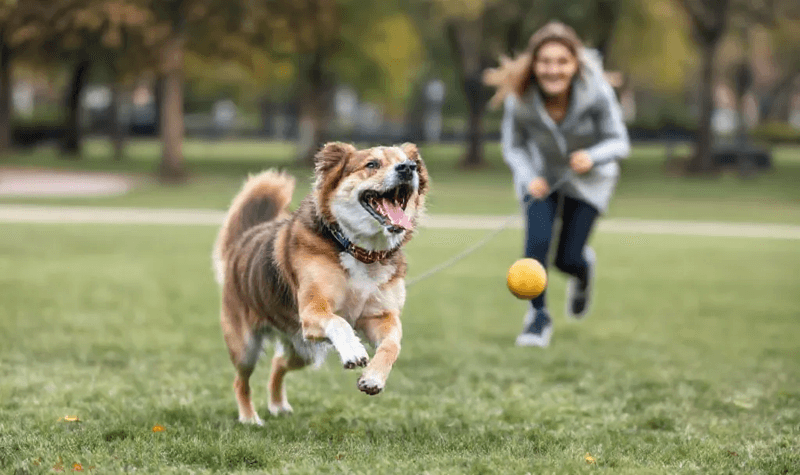
Dogs thrive on routine—think of it as their daily rhythm. Consider the satisfaction of a well-structured day with everything in its place.
Knowing what to expect provides dogs with a sense of security and calm. Regular meal times, walks, and play sessions are comforting.
Consistency helps them understand their environment and builds a trusting relationship with their human companions.
13. Gentle Petting in Their Favorite Spots
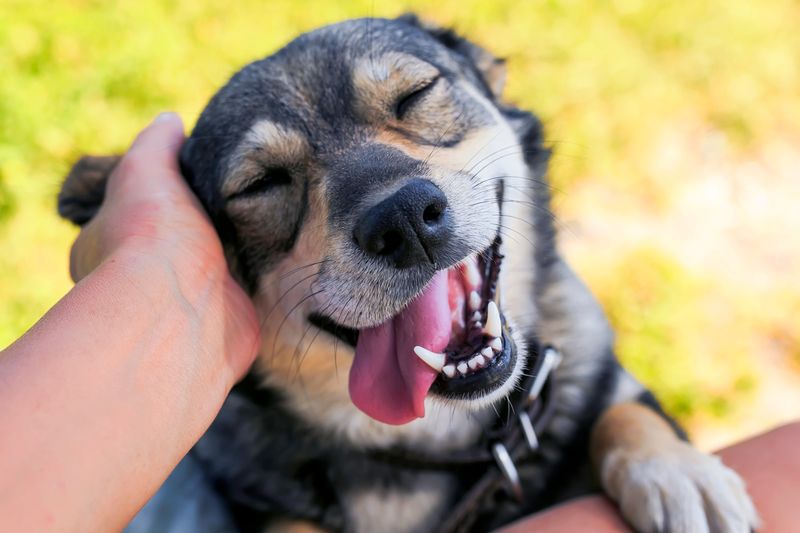
There’s nothing like a gentle touch to make a dog feel cherished. Imagine a soothing massage that melts away your stress.
Most dogs have favorite spots—behind the ears, chest, or at the base of the tail—that when petted, bring them immense joy.
Knowing these areas and offering gentle caresses strengthens the bond and shows your love and attention.
14. Positive Reinforcement
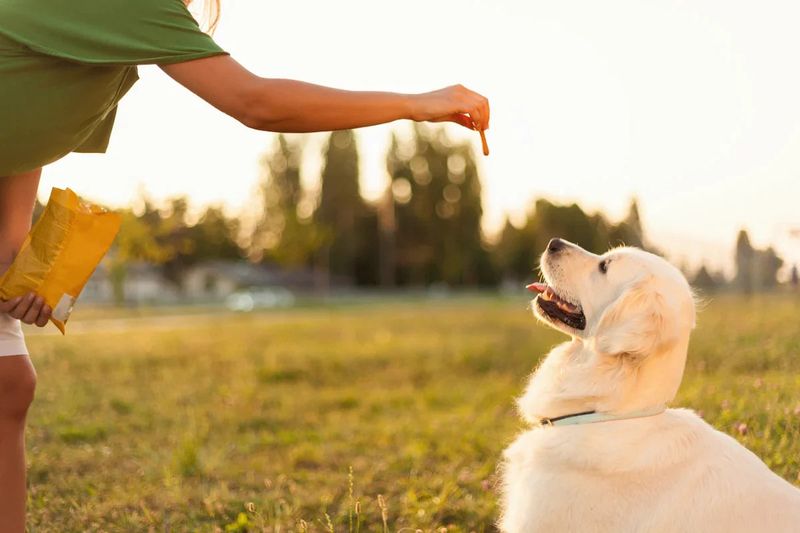
Positive reinforcement makes learning enjoyable for dogs. Picture receiving praise for a job well done; it encourages you to do it again.
Praise, treats, and clicker training transform training into a rewarding experience.
By focusing on rewards rather than punishment, dogs feel more motivated and enthusiastic to learn new commands and tricks, fostering a positive environment.
15. Interactive Playtime
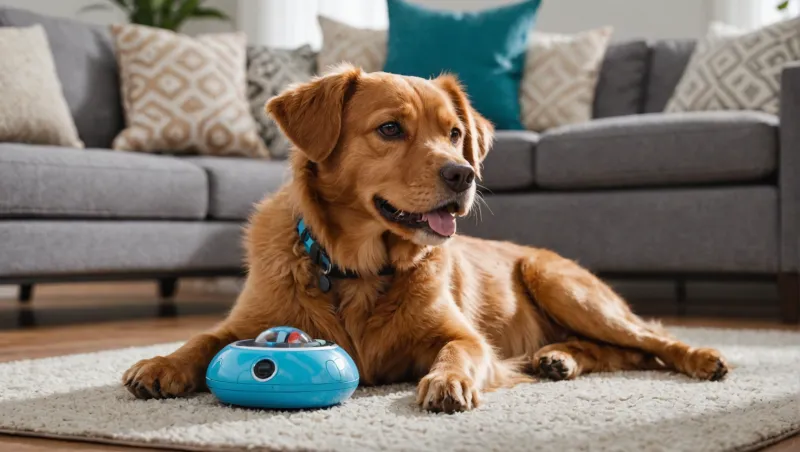
Interactive playtime is a dog’s playground—a chance to bond and burn energy. Imagine the excitement of a fun game or sport.
Games like fetch, tug-of-war, and chase are not just fun but also provide mental and physical enrichment.
Engaging in play strengthens your relationship and keeps your dog happy and healthy, making memories together.
16. Letting Them Sniff on Walks
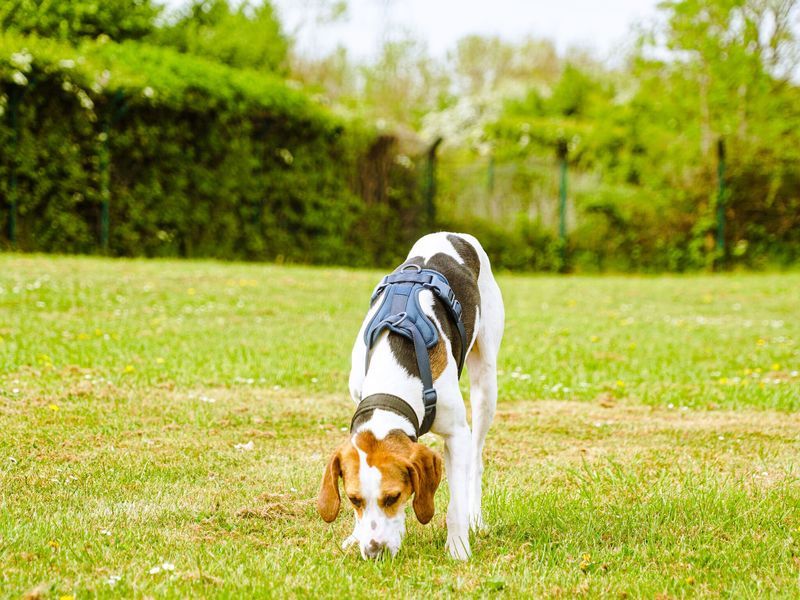
For dogs, sniffing is akin to reading a captivating novel. It’s their way of exploring and understanding the world around them.
Allowing them to sniff during walks provides mental stimulation and satisfaction.
It’s not just about the physical activity; it’s about providing a rich, sensory experience that they thoroughly enjoy.
17. Speaking Their Name Positively
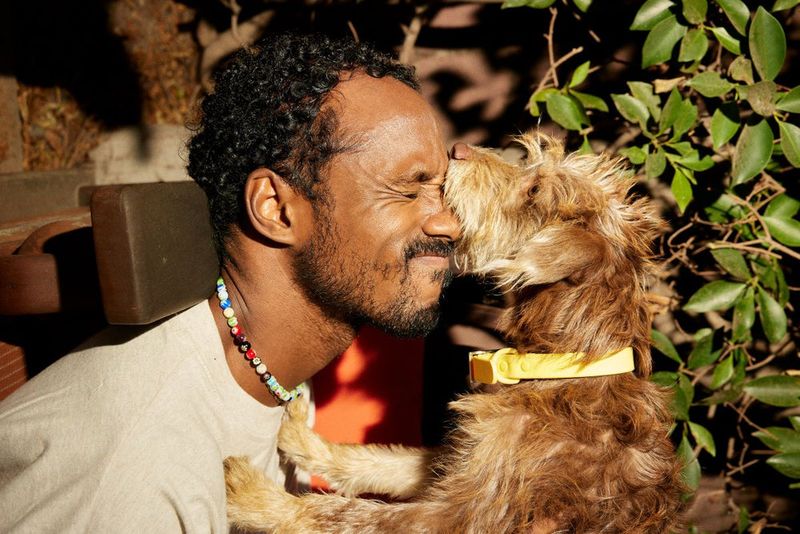
A dog’s name, spoken with love, is music to their ears. Imagine hearing your favorite song played just for you.
Using their name in positive contexts builds trust and recognition.
Frequent positive associations with their name encourage responsiveness and happiness, reinforcing their bond with you.
18. Cuddling (When They Initiate)
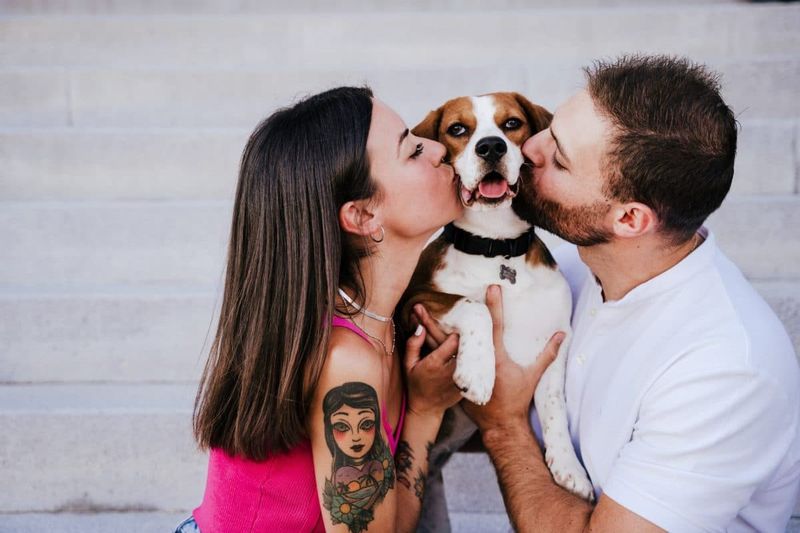
For many dogs, cuddling is an expression of closeness. Picture a cozy evening by the fireplace, wrapped in warmth.
When dogs initiate cuddles, it shows trust and affection. Embracing these moments deepens the bond.
It’s important to respect their comfort levels, allowing them to choose when they want to snuggle and ensuring it’s a mutual experience.
19. Slow Introductions to New People/Dogs
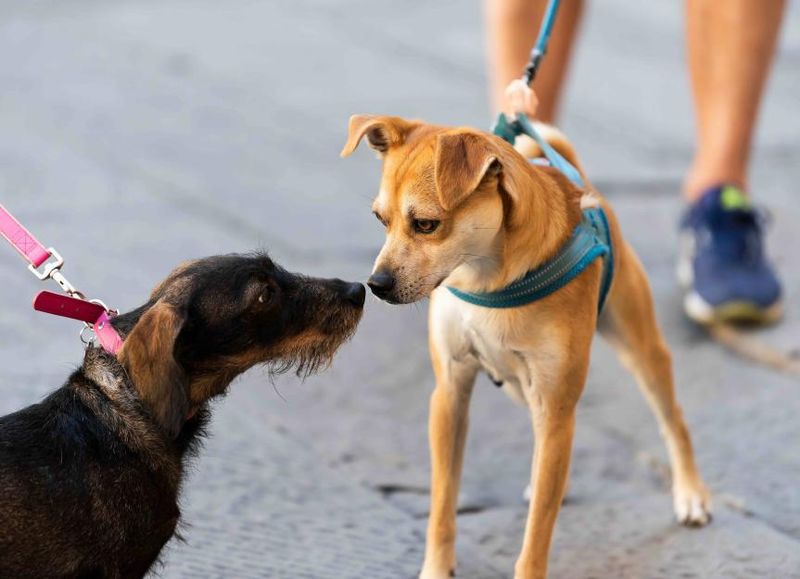
Introducing new friends can be a delicate process. Think of a first day at a new school—nervous yet exciting.
Respecting a dog’s social pace with gradual introductions is crucial.
Patience and attentiveness during such encounters show your dog you’re a safe and considerate companion, building their confidence.
20. Just Being With You
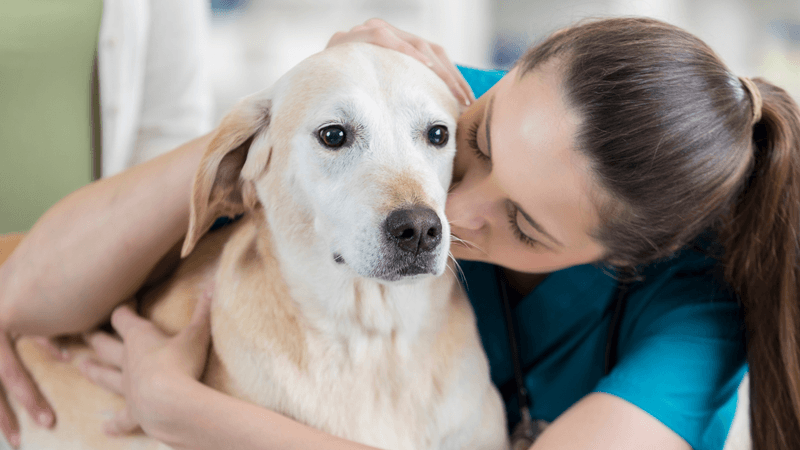
Dogs cherish your company above all else. Imagine a peaceful afternoon spent with a dear friend—no words needed.
Whether it’s a hike, a nap, or simply being present, your companionship means the world to them.
Sharing these moments strengthens the bond and builds a lifelong friendship, filled with love and loyalty.

Comments
Loading…